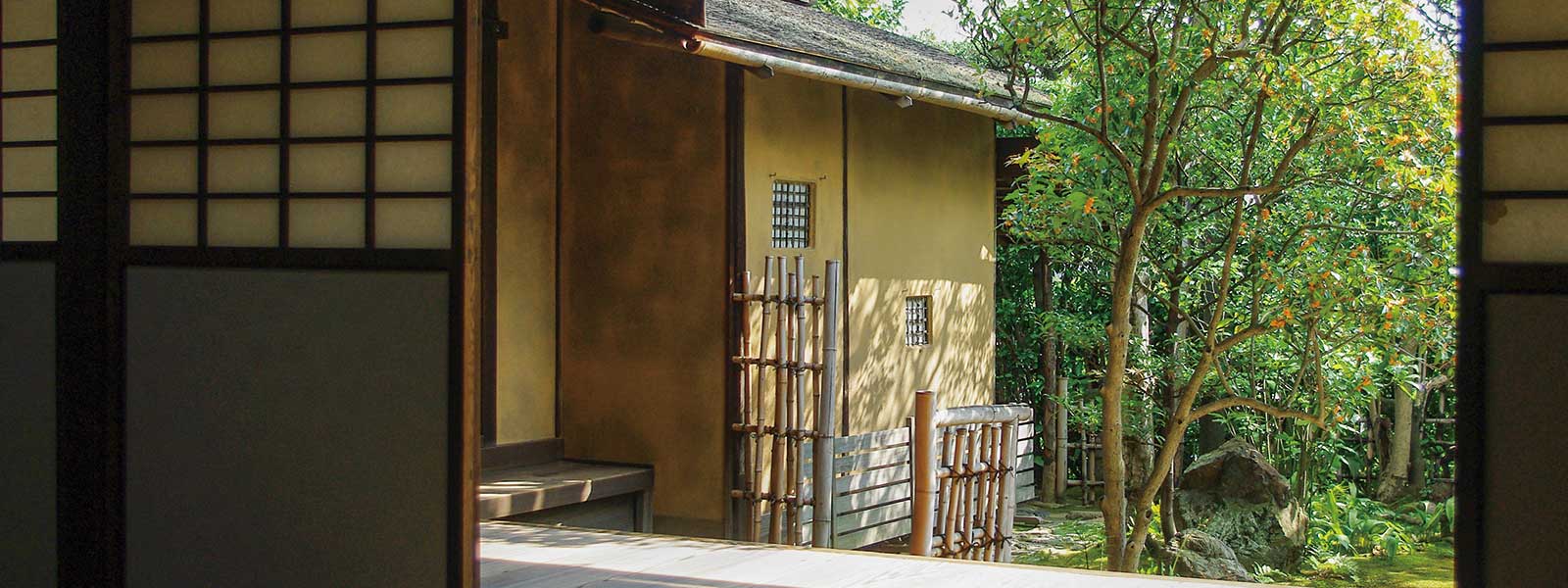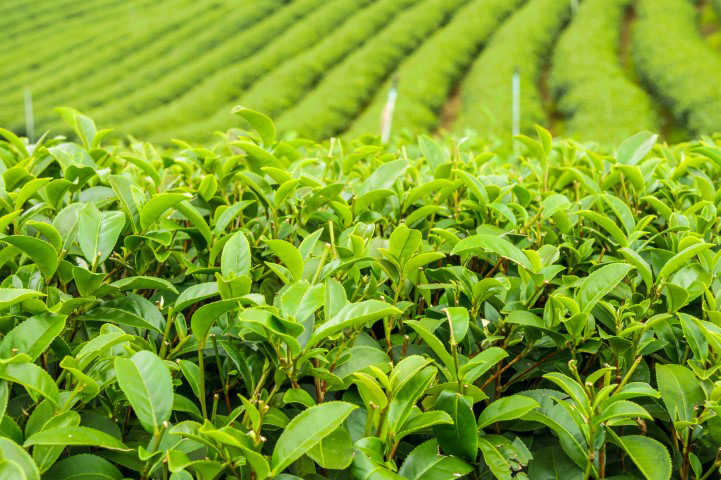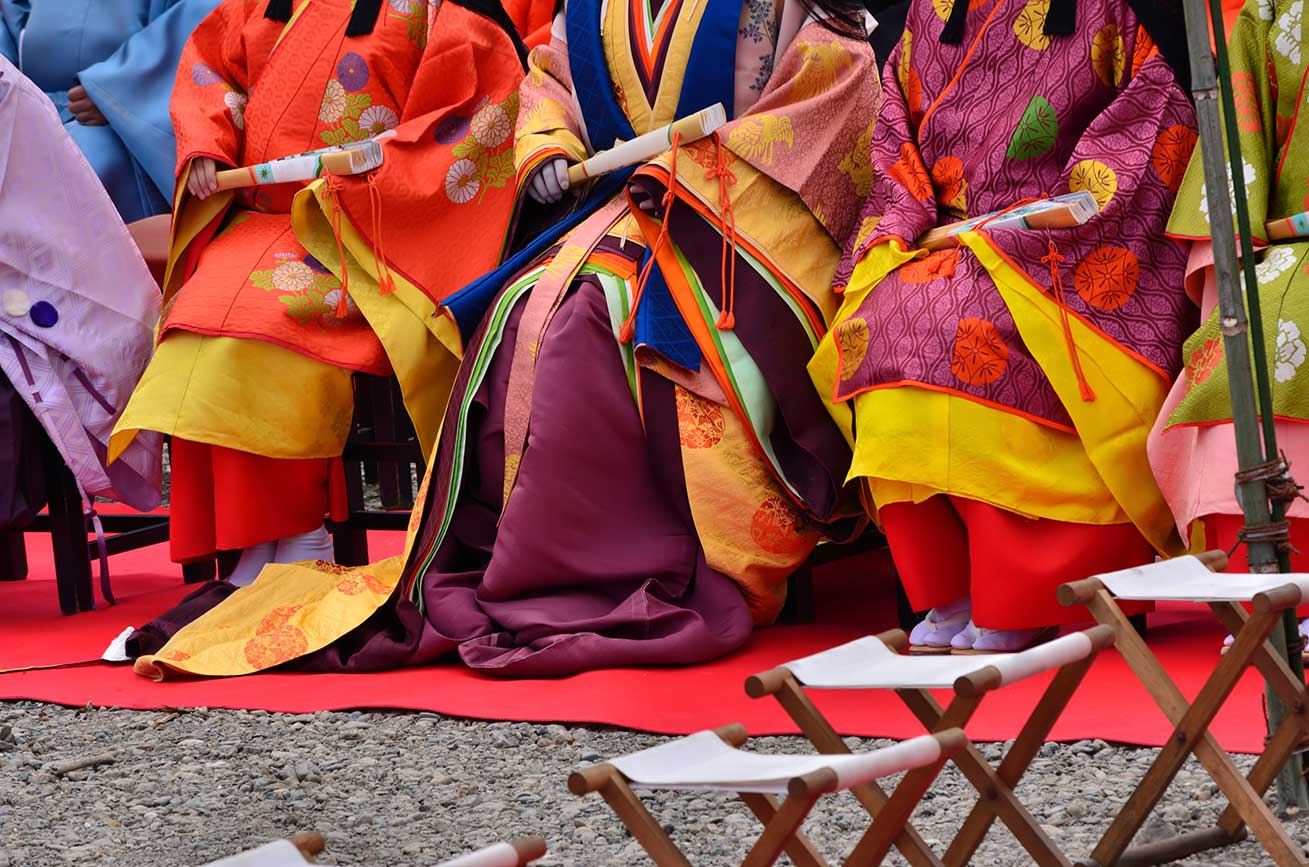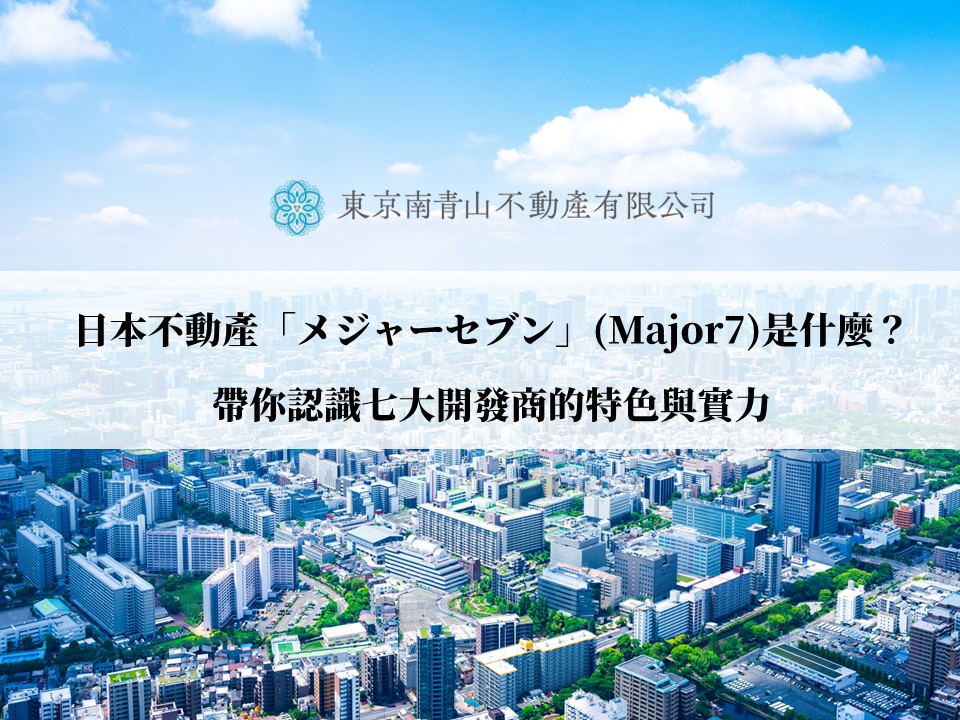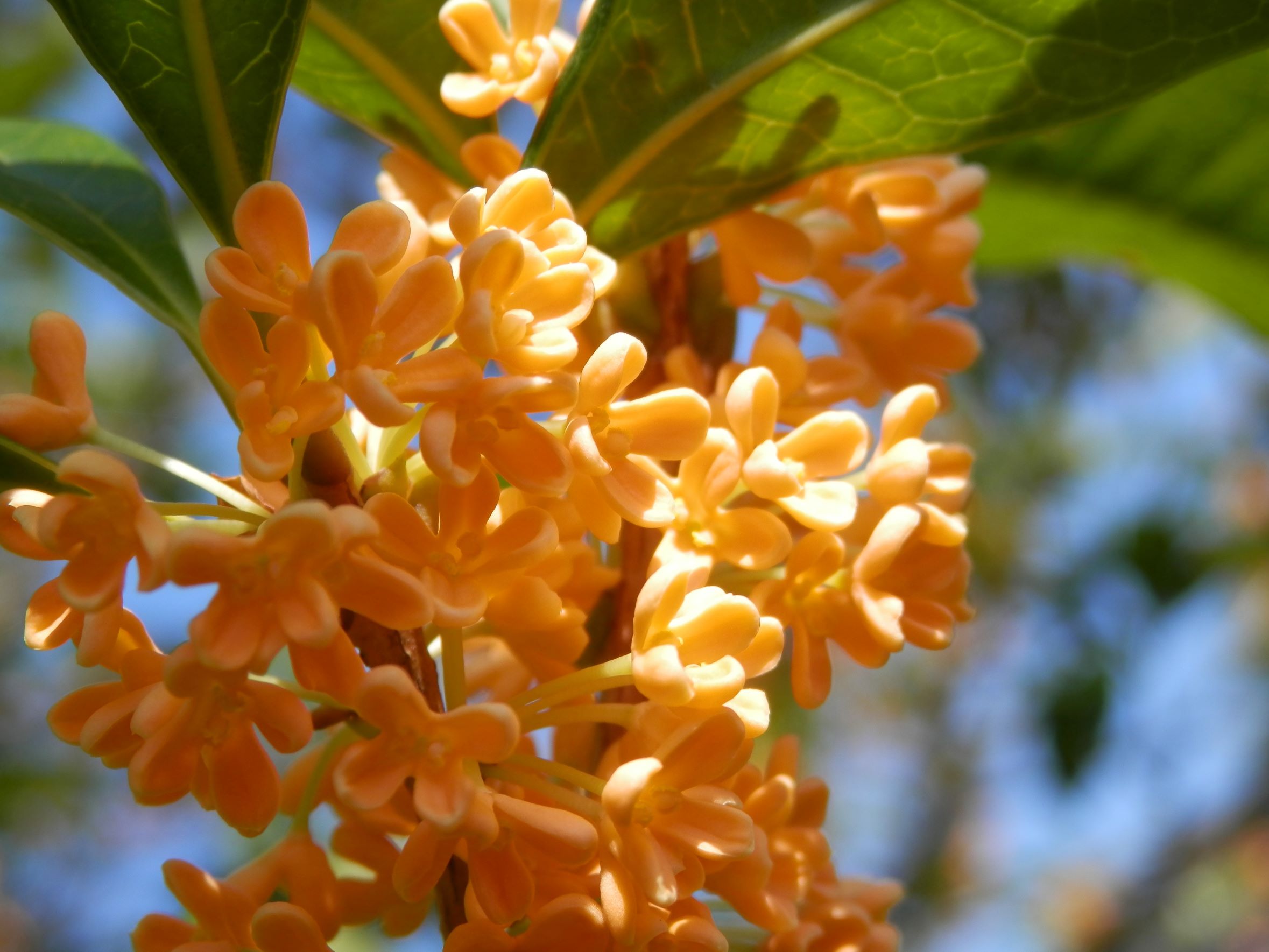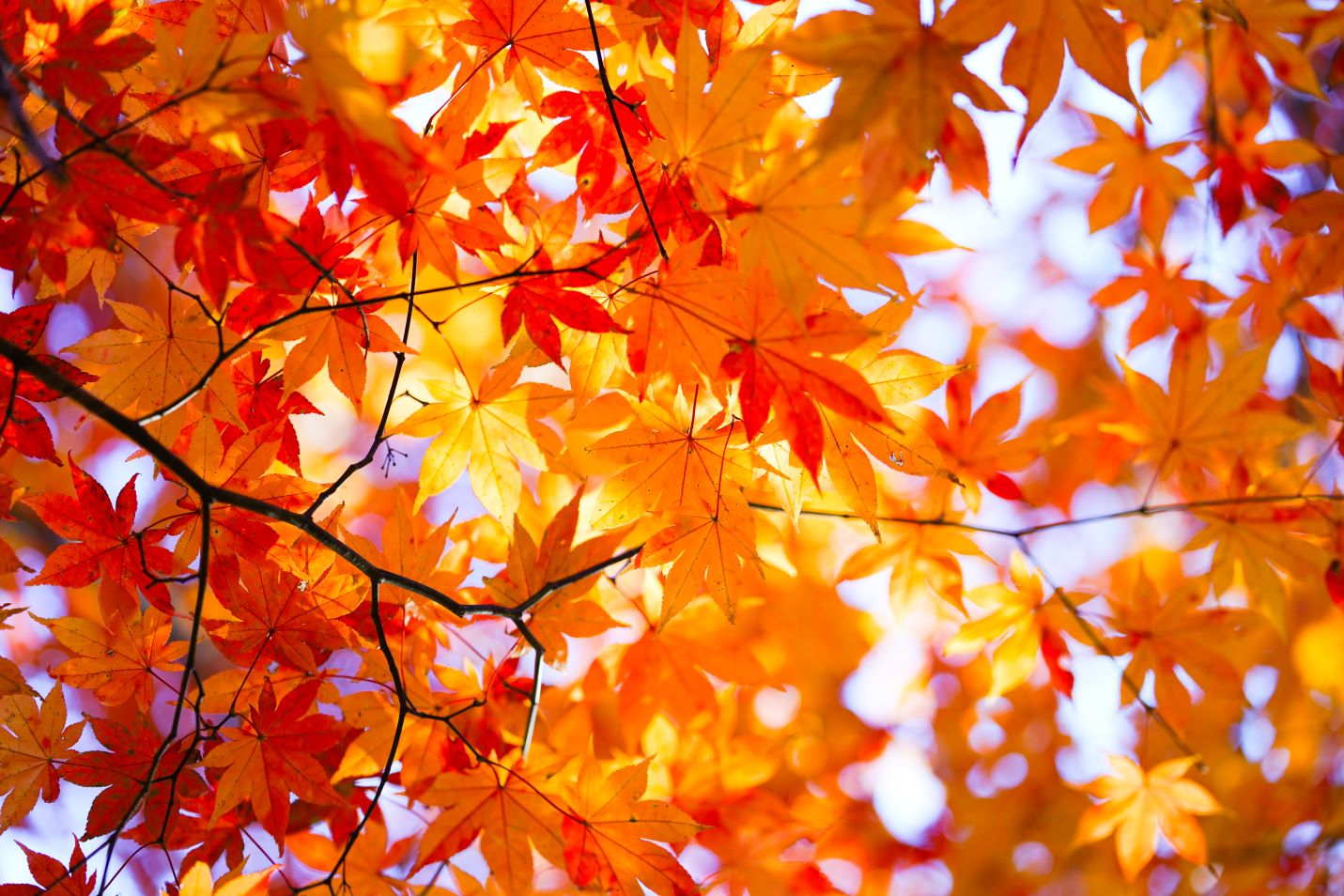In the latter half of the 15th century, Murata Jukō founded “Wabicha,” and through the development and inheritance by Takeno Jōō, Sen no Rikyū established the “tea ceremony” culture in the latter half of the 16th century. This period also saw the emergence of tea rooms. What is the origin of the “tea room,” a small space for drinking tea that is unique to Japanese culture?
The opulent ‘Shoin Tea Ceremony’ of the Muromachi period exudes elegance and sophistication
The origins of the tea room can be traced back to the Muromachi period. The third shogun, Ashikaga Yoshimitsu, established a space separated by screens in his mansion for drinking tea, which is believed to be the origin of the tea room. As samurai residences evolved into “shoin-zukuri style” with floors, bookshelves, and a shoin (study room), the tea ceremony became known as “Shoin Tea Ceremony.” At that time, the term “tea room” did not exist, and the place where tea was drunk was called “chayuzashiki,” “sukiya,” or “chaya.”
During this period, tea served to guests at the tea ceremony was usually brewed in an annex room before being served. The “Shoin Tea Ceremony” is known for its opulence, with tea rooms often decorated with Tang dynasty items imported from China, and guests engaging in waka poetry recitations for entertainment. Incidentally, the Tōgūdō Hall in the Tōzan-den (present-day Ginkaku-ji Temple), built by the eighth shogun Ashikaga Yoshimasa as a mountain retreat, features a four-and-a-half tatami mat room called “Dōjinsai,” considered one of the oldest teahouses.
The ‘Soan Tea Ceremony,’ which embodies the pursuit of elegance and beauty through simplicity
In contrast to the luxurious and splendid “Shoin Tea Ceremony,” Murata Jukō advocated for holding tea gatherings in a space of about four and a half tatami mats, giving rise to the concept of “Wabi-cha.” This style, which embodies the spirit of wabi-sabi beauty, was passed down by Takeno Jōō and refined by Sen no Rikyū, ultimately shaping modern Japanese tea ceremony culture.
In pursuit of the essence of Wabi-cha, Sen no Rikyū designed minimalist and unadorned tea rooms called “So-an,” typically measuring about two to three tsubo. These teahouses feature austere décor and are constructed using simple, natural materials such as logs, bamboo, and earthen walls. The wabi tea ceremony, also known as “Soan Tea Ceremony,” championed by Sen no Rikyū, has since become the mainstream form of the tea ceremony.
The constituent elements of the tea room
The classic elements contained in a tea room.
【Roji (Tea Garden)】
Outside the tea room, there is typically a garden known as an “roji” or “tea garden,” which serves to separate the indoor and outdoor spaces. In this garden, there is a “waiting room (machiai)” furnished with chairs where guests can wait until the host is ready. Various plants are cultivated in the garden, offering different scenery throughout the year. Guests can walk on the “stepping stones (tobi-ishi),” wash their hands and rinse their mouths at the “water basin (tsukubai),” and enjoy the beautiful surroundings while anticipating the tea ceremony.
【Roji (Tea Garden)】
【Roji (Tea Garden)】
【Nijiriguchi (Guest Entrance)】
The nijiriguchi is a small entrance designed by Sen no Rikyū, measuring approximately 70 cm in both length and width. Traditionally, it was customary to remove all ornaments, such as Japanese swords, before entering through this entrance. There are many theories about why such a narrow entrance was designed, but most believe it symbolizes the equality of all people in the tea room. Behind this small entrance lies a colorful world hidden within the tea room.
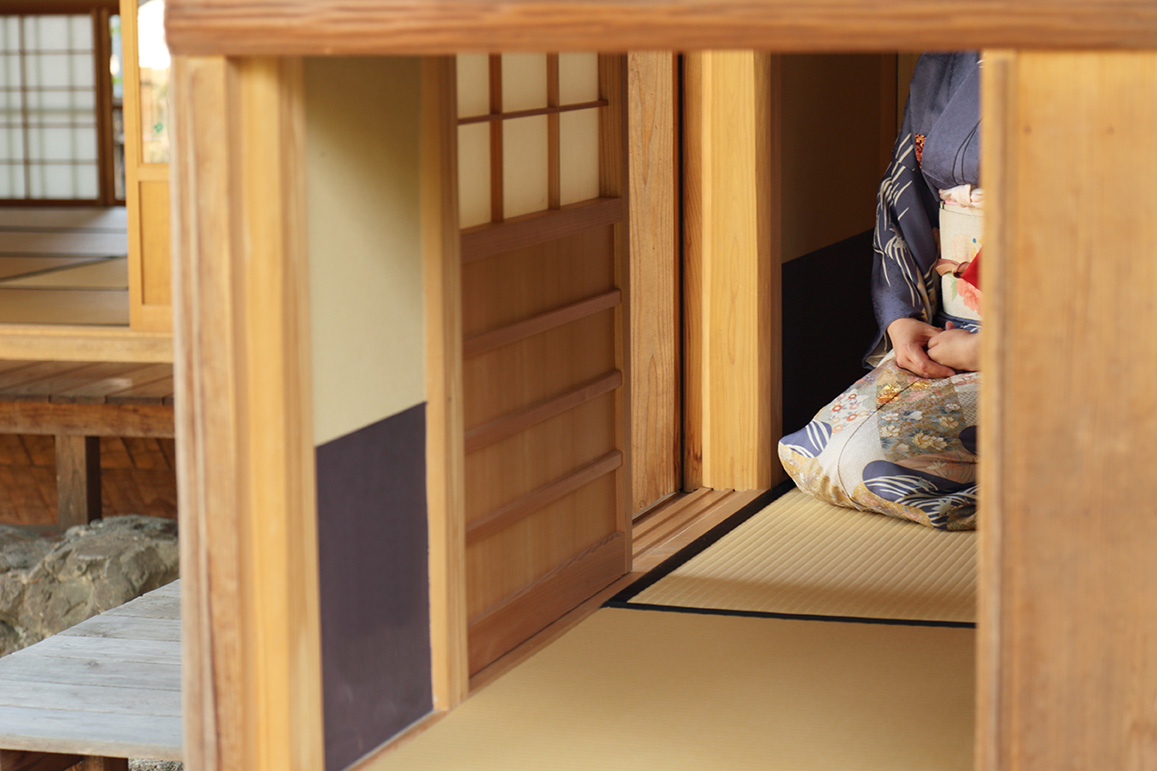
【Nijiriguchi (Guest Entrance)】
【Furnace】
A furnace is a device used to boil water for making tea. From November to April, furnaces embedded in tatami are often used, while from May to October, portable furnaces are preferred.
Embedded Furnaces
Portable Furnaces
【Alcove】
An alcove is a slightly raised space on the ground in the tea room used to place decorations such as hanging paintings or vases. This is a critical area in the tea room, and it is said that the host selects the paintings and flowers to be displayed here according to the season and the theme of the tea ceremony.
【Alcove】
【Alcove】
【Mizuya・Mizutani (Preparation Room)】
A mizuya is a place for storing and washing tea sets, similar to a kitchen space. It is typically located on the side where the host enters the tea room to avoid being seen by the guests.
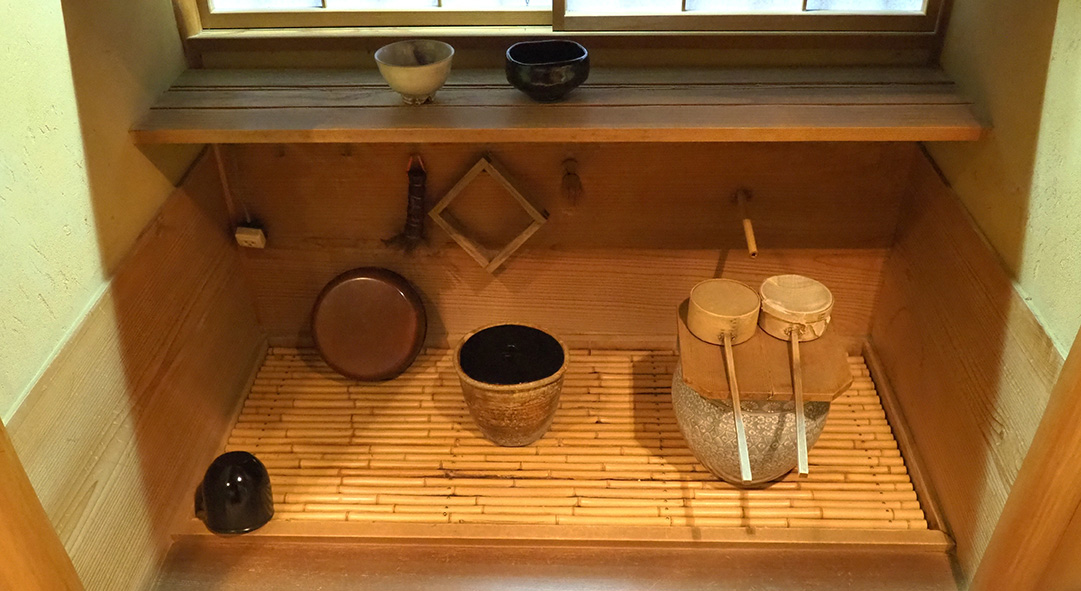
【Mizuya・Mizutani (Preparation Room)】
Summary
Among the temples in Kyoto, Myōki-an temple features a tea room said to have been built by Sen no Rikyū under the direction of Toyotomi Hideyoshi. This is the oldest tea room building in Japan and is listed as one of the National Treasures. The tea room fully embodies the spirit of wabicha pursued by Sen no Rikyū and the aesthetics of the tea ceremony. For those interested in teahouses, making a reservation in advance to visit ‘Tai-an’ is highly recommended, as it is a wonderful place to explore.
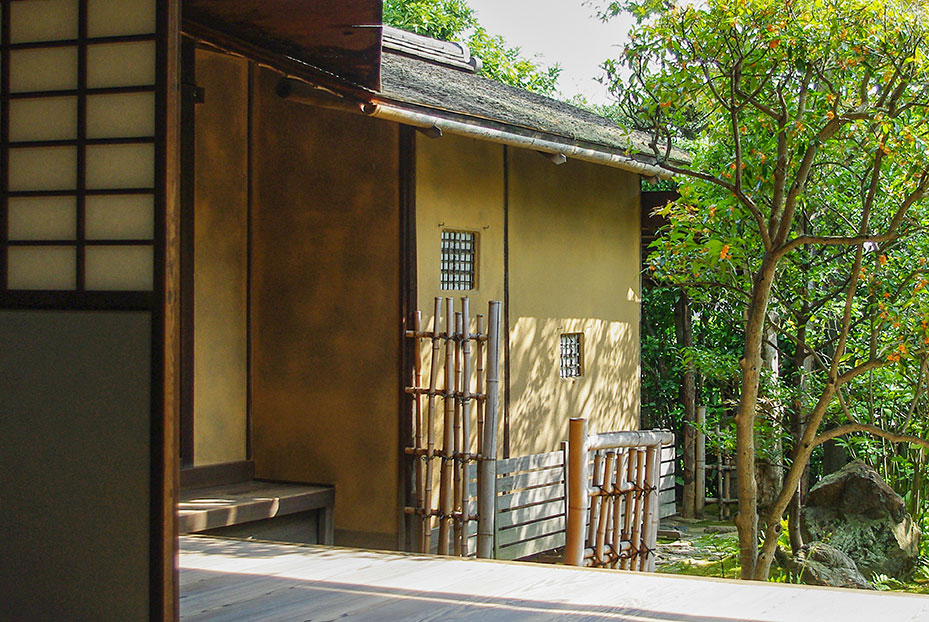
Tai-an tea house


